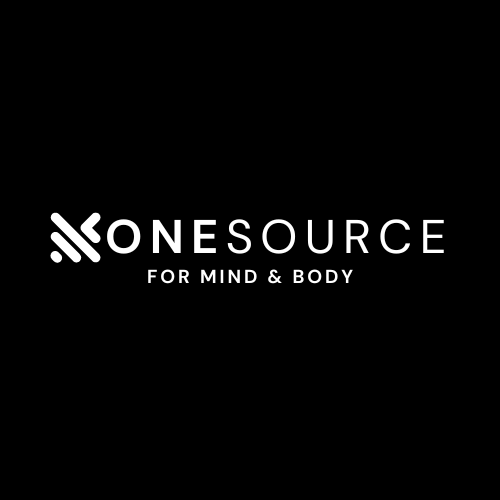Try These Moves: Push up Progressions I
To stay consistent with your exercise program requires making progress. The best way to make progress is what trainers, coaches, experts call: Progressive Overload. The main ways to do this are by changing the intensity (increasing the weight), volume (increasing the sets and/or reps), rest interval (time off between sets), or complexity (from basic to dynamic movements).
The most important factor to me, particularly for anyone who is just starting to build their practice, is complexity.
If you can learn and master the movements, then you’ll never get bored. Knowing how to progress or regress a movement is in my opinion the most foundational piece of learning how to exercise.
Today we’re focusing on three (3) push-up variations.
Push-up Progression: Eccentric - Classic - Elevated
Beginner - Eccentric push-up: For many people completing a push-up (or multiple push-ups) is difficult. A lot of people revert to push-ups on their knees, but the better move is practicing an eccentric push-up (a slow descent from plank to the ground).
Start in a plank position, with your hands just past shoulder width, in-line with your chest. Tuck your tail bone, squeeze your glutes. Descend on a 3 - 5 count.
Push back to a child’s pose, lift to a plank, and perform another rep.
Intermediate - Classic push-up: I think the push-up gets a lot of attention for it’s chest workout, but it’s really a complete movement that recruits help from your core, shoulders, glutes and even your back. Mastering a push-up is fundamental to many other movements you will want to do.
Start in a plank position, with your hands just past shoulder width, in-line with your chest. Tuck your tail bone, squeeze your glutes.
Descend to the ground, stopping your chest 6 inches (a fists width) off the ground, and push back up, driving through the thumb and pointer finger part of your hand.
Keep your tailbone tucked, glutes tight, core engaged.
Advanced - Elevated push-up: Putting your feet onto an elevated surface transfers more of the work into your shoulders, triceps and upper chest. If you’re just starting out, This is probably not an area that is developed yet, which is why this is the last move of the three.
Put your feet on the couch, a chair or a bench about hip widths apart. Form a plank position, tucking your tail bone and engaging your core.
Keep your chin tucked (there’s a tendency to lift your head when doing these). Make sure you breath (holding your breath in this position is common as well).
Drive through your hands and triceps to press back up, keeping your legs, core and glutes engaged throughout. With your feet elevated it’s a lot easier to sag your lower back (dont!).
Work on these three movements until you can perform 10 - 20 of each one. Don’t move from one level to the next unless you can complete at least 10 reps.
